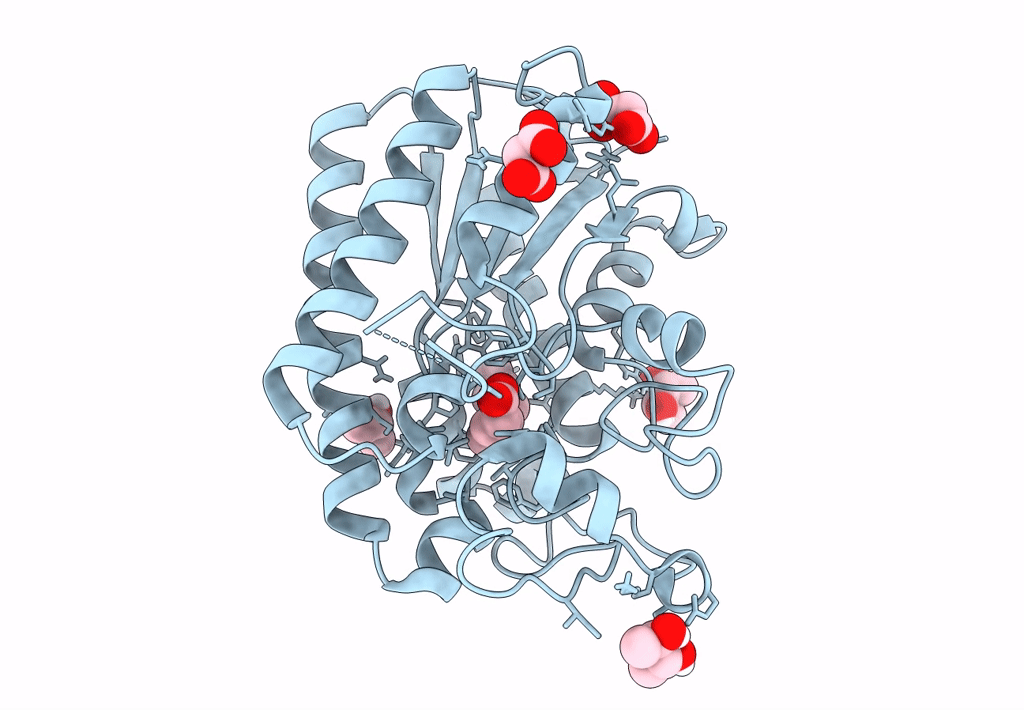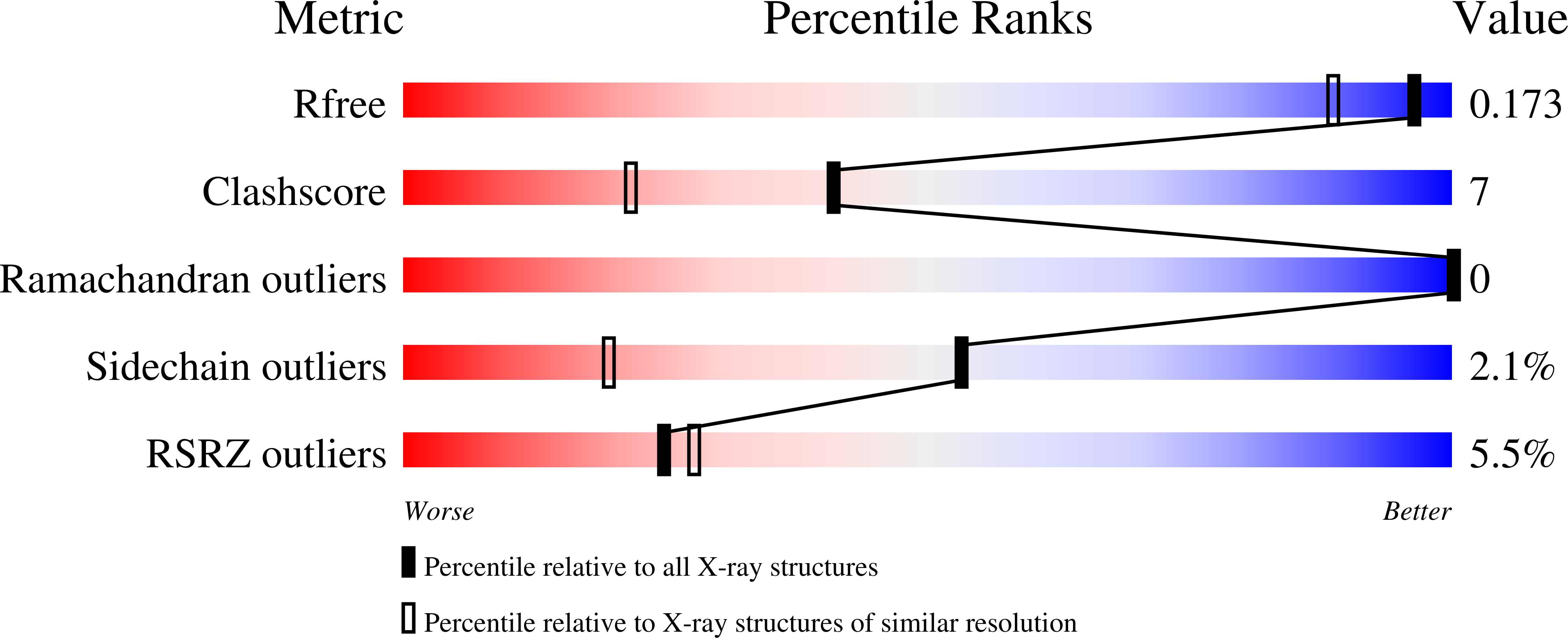
Deposition Date
2022-06-02
Release Date
2023-06-14
Last Version Date
2024-10-16
Entry Detail
PDB ID:
8A26
Keywords:
Title:
Lysophospholipase PlaA from Legionella pneumophila str. Corby - complex with palmitate
Biological Source:
Source Organism:
Legionella pneumophila str. Corby (Taxon ID: 400673)
Host Organism:
Method Details:
Experimental Method:
Resolution:
1.45 Å
R-Value Free:
0.17
R-Value Work:
0.15
R-Value Observed:
0.15
Space Group:
P 31 2 1


